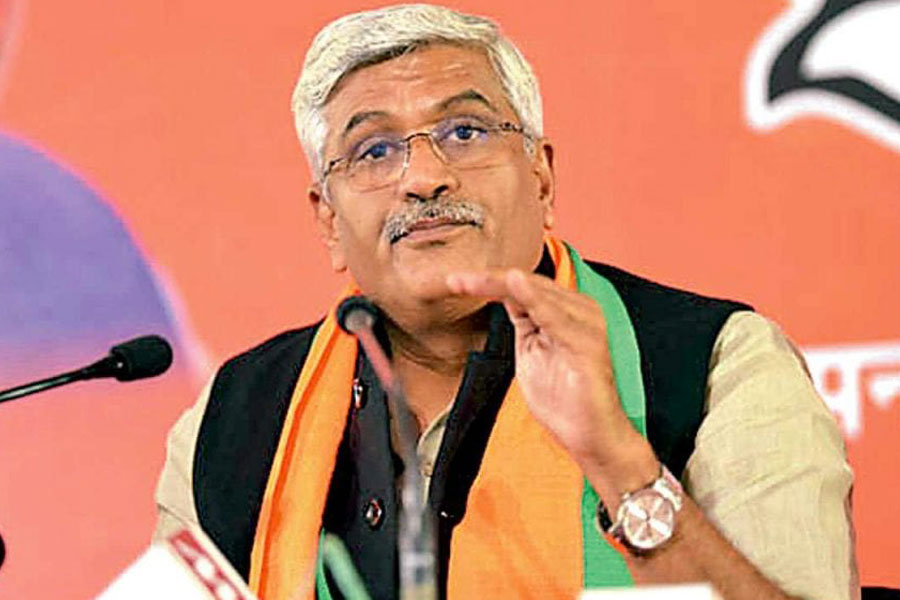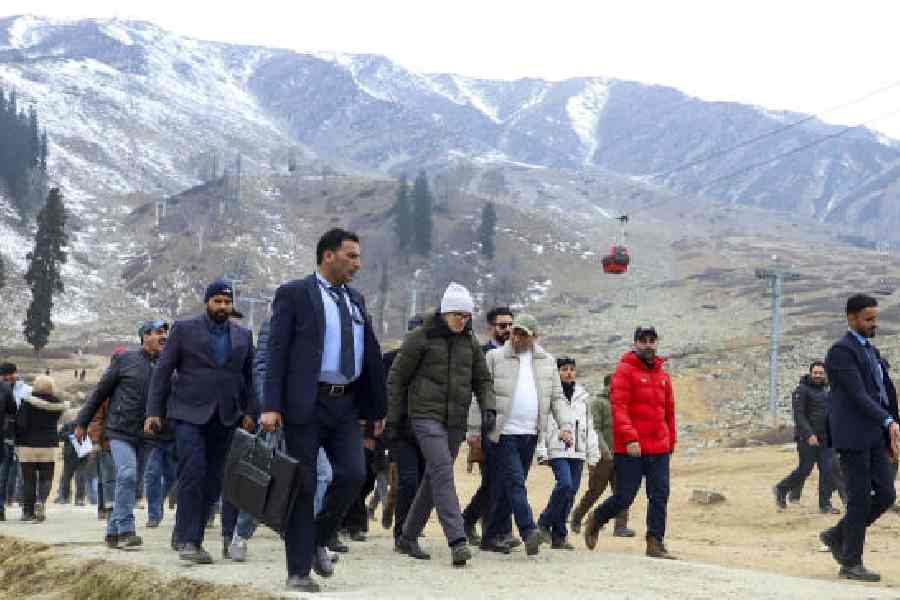The Covid-19 pandemic has made girls all over the world even more vulnerable to the menace of child marriage. A profoundly regressive practice, child marriage is an unquestionable violation of human rights, the result of several intricately intertwined factors, among which are patriarchy, poverty and the lack of education. A report by the United Nations Population Fund states that the pandemic is projected to result in 13 million additional child marriages which might otherwise have been prevented. It has also been suggested by the international children’s charity, World Vision, that the pandemic has the potential to put an extra four million girls at risk of early marriage.
One of the major reasons for this spike is poverty, induced and escalated by Covid-19. To survive in this pandemic, economically disenfranchised parents often resort to child marriage to escape the financial burden of caring for a girl child. The Odisha State Commission for Protection of Child Rights has corroborated the growing trend of child marriages as a result of the pandemic. Since April 2020, more than 180 attempted child marriages have been reported in Odisha according to various district child welfare officers. Another incentive for poverty-stricken families is that younger brides often require smaller dowries or command higher bride prices. The closure of schools during this national health crisis has also left young girls extremely vulnerable to forced marriage. Several media reports have corroborated these facts.
Concerned with such reports, I had raised an unstarred question during the 252nd brief monsoon session of Parliament. Surprisingly, the ministry’s response was arbitrary and inexplicable, claiming that as per the information received from the National Crime Records Bureau, there was no data to indicate a rising number of child marriages in India. Despite sufficient circumstantial evidence to suggest an increase, the response to the question ostensibly means that neither has the government maintained a database on child marriages during the lockdown, nor has it conducted any in-depth survey. The NCRB either did not collect such data, or such acts do not get reported as they are crimes. Thus, sadly, there is not even an acknowledgment of this simmering crisis. This is where the problem lies.
The lack of a data-driven, evidence-based approach seriously jeopardizes troubleshooting and beneficiary mapping. It prevents the government from addressing the phenomenon. Further, the paucity of data limits the government’s understanding of how to tackle the crisis. Thus, it is imperative for the government to conduct studies and surveys and collect in-depth data to understand the prevailing ground realities concerning child marriages in India during the pandemic.
Although the government’s consideration to raise the minimum age of marriage for girls from 18 to 21 has been lauded as a progressive move, this alone would not be enough to tackle the menace of child marriage. It might even be counterproductive; there might be a further persecution of girls by their families until the age of 21. Regressive social practices against women are deep-seated in patriarchal society. From the time they are born, girls must have access to education, career opportunities, right to choices regarding marriage and so on. Gender sensitization and awareness programmes should also be made mandatory in schools.
In order to abolish child marriages, the government needs to take cues from Unicef, which centres its work around five key interventions: adolescents as agents of change, social mobilization among parents and within communities, investments in education for children both in and out of school, access to social protection programmes and linkages with skills and employment opportunities. These interventions are in tandem with India’s commitment to eliminating child marriage by 2030 as part of the sustainable development goals.
First, the government needs to acknowledge that child marriages perpetuate a vicious cycle of poverty, weaken the development of a skilled workforce, reinforce gender inequality and have a detrimental impact on the health of society and the economy. India has made notable progress in reducing child marriage: Unicef data from March 2018 state that 25 million child marriages have been prevented in the last decade. However, the same data also highlight that considerably more work is needed, especially now and in the aftermath of the pandemic. Else, by 2030 more than 120 million girls will be forcefully married before their 18th birthday. This is a grim reminder that we have to move fast and decisively.










